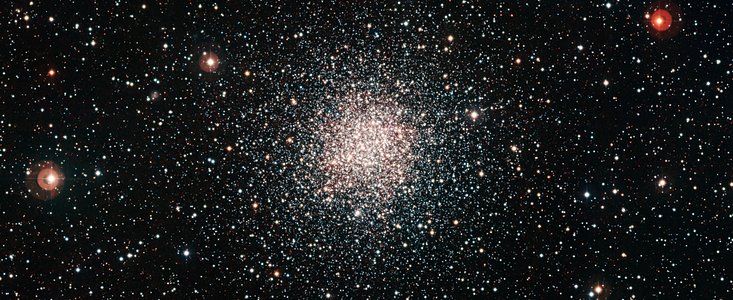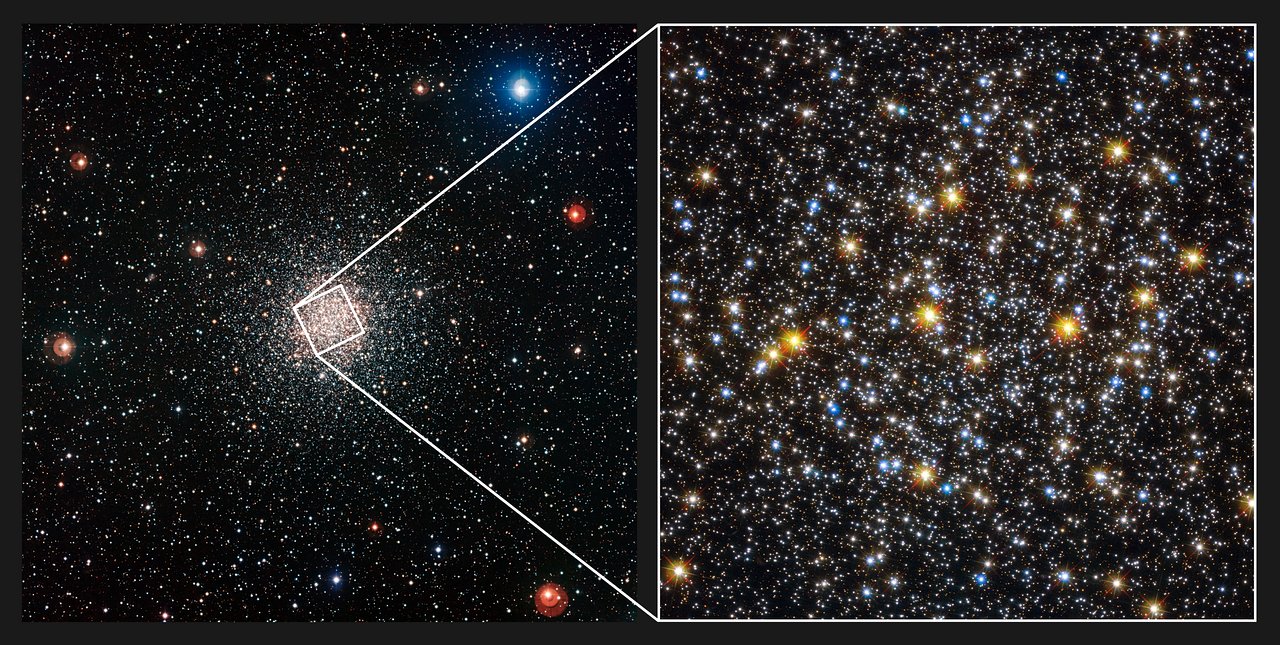Vatic Note: Ah, What a change of pace, huh? What an incredible Universe we live in. Science leads us to spirituality and spirituality mates with science and together they show us a picture of the heavens that prove there is a God, whatever he/she maybe to you. Spirit is not separate from anything. Even the smallest creature has a tiny miniscule spirit, and if you are attuned, you can feel it. Its part of our collective consciousness that we all share and contribute to in the ethos. Why do you think animals react to certain people in a trusting positive way? And vice versa. We have covered much of this over these past 2.5 years that we have been blogging, but this is like touching what we have read.
Even scientists are admitting the existance of intelligent life in the universe and the growing science of soft physics and the Hubble telescope are making it impossible now for that denial, that came so easily before. Soft physics has now confirmed the existance of dark matter that is intelligent, yet its the largest body of matter existing in this universe but cannot be seen by the naked eye, even though there are now machines developed that can see it.
Another thing that proves it to me is the incredible organization within the universe, such as sacred geometry which is now explained from the escoteric to the scientific. Patterns are repeated in both the large (universe) and the smallest (quantum level) and every single thing is connected to everything else, even the inanimate. Ever ask yourselves why your car runs better after you wash it or talk nice to it??? Ever wonder why you win at the slots when you run your hand across the face of the machine and give it great and good thoughts, like gratitude and love?
We learned from articles on this blog, that the plasma universe has a much greater role in our spirituality, health, growth, mental conditions, and consciousness, than previous thought compared to gravity. ITS ALL WONDERMENT INDEED. No wonder we are such marvelous creatures and Love is our gift back to the Universe.
The Altar At the Center Of The Milky Way
Wednesday, October 31, 2012 9:27
This colorful view of the globular star cluster NGC 6362 was captured by the Wide Field Imager attached to the MPG/ESO 2.2-meter telescope at ESO’s La Silla Observatory in Chile. This new picture, along with a new image of the central region from the NASA/ESA Hubble Space Telescope, provide the best view of this little-known cluster ever obtained. Globular clusters are mainly composed of tens of thousands of very ancient stars, but they also contain some stars that look suspiciously young.
The globular star cluster NGC 6362

Credit: ESO
Globular star clusters are among the oldest objects in the Universe, and NGC 6362 cannot hide its age in this picture. The many yellowish stars in the cluster have already run through much of their lives and become red giant stars. But globular clusters are not static relics from the past — some curious stellar activities are still going on in these dense star cities.
The NASA/ESA Hubble Space Telescope offers an impressive view of the centre of globular cluster NGC 6362. The image of this spherical collection of stars takes a deeper look at the core of the globular cluster, which contains a high concentration of stars with different colours. This image was created combining ultraviolet, visual and infrared images taken with the Wide Field Channel of the Advanced Camera for Surveys and the Wide Field Camera 3.
For instance, NGC 6362 is home to many blue stragglers — old stars that really do succeed in passing for a younger age. All of the stars in a globular cluster formed from the same material at roughly the same time (typically, about 10 billion years ago for most globulars). Yet blue stragglers are bluer and more luminous — and hence more massive — than they should be after ten billion years of stellar evolution. Blue stars are hot and consume their fuel quickly, so if these stars had formed about ten billion years ago, then they should have fizzled out long ago. How did they survive?
This video starts with a broad view of the Milky Way. We close in gradually on a fuzzy blob in the southern constellation of Ara (The Altar). This is one of more than 150 globular star clusters that orbit the centre of our galaxy. The main image of the cluster used here comes from the Wide Field Imager on the MPG/ESO 2.2-metre telescope at ESO’s La Silla Observatory in Chile and the final detailed view of the centre from the NASA/ESA Hubble Space Telescope.
Credit: ESO/NASA/ESA/Hubble, Nick Risinger ( skysurvey.org), Digitized Sky Survey 2, Music: delmo “acoustic
“
Astronomers are keen to understand the secret of the youthful appearance of blue stragglers. Currently, there are two main theories: stars colliding and merging, and a transfer of material between two companion stars. The basic idea behind both of these options is that the stars were not born as big as we see them today, but that they received an injection of extra material at some point during their lifetimes and this then gave them a new lease of life.
Astronomers are keen to understand the secret of the youthful appearance of blue stragglers. Currently, there are two main theories: stars colliding and merging, and a transfer of material between two companion stars. The basic idea behind both of these options is that the stars were not born as big as we see them today, but that they received an injection of extra material at some point during their lifetimes and this then gave them a new lease of life.
This colorful view of the globular cluster NGC 6362 on the left was captured by the Wide Field Imager attached to the MPG/ESO 2.2-metre telescope at ESO’s La Silla Observatory in Chile. This brilliant ball of ancient stars lies in the southern constellation of Ara (The Altar). The close up view of the core of the cluster on the right is from the NASA/ESA Hubble Space Telescope.

Credit: ESO

Credit: ESO
Although less well known than some brighter globular clusters, NGC 6362 holds much that is of interest to astronomers and has been well studied over the years. It was selected as one of the 160 stellar fields for the Pre-FLAMES Survey — a preliminary survey conducted between 1999 and 2002 using the 2.2-metre telescope at La Silla to find suitable stars for follow-up observations with the VLT’s spectroscopic instrument FLAMES. The picture here comes from data collected as part of this survey.
This video gives a close-up view of the globular cluster NGC 6362 in a picture that was captured by the Wide Field Imager attached to the MPG/ESO 2.2-metre telescope at ESO’s La Silla Observatory in Chile. This brilliant ball of ancient stars lies in the southern constellation of Ara (The Altar).
Credit: ESO, Music: delmo “acoustic”
Credit: ESO, Music: delmo “acoustic”
http://www.youtube.com/watch?v=yP2YuGh-08U&feature=player_embedded
The new image shows the entire cluster against a rich background of the carpet of stars in the Milky Way. The central parts of NGC 6362 have also been [studied in detail][1] by the NASA/ESA Hubble Space Telescope. The Hubble view shows a much smaller area of sky in much greater detail. The two views — one wide-angle and one zoomed in — complement each other perfectly. This brilliant ball of stars lies in the southern constellation of Ara (The Altar). It can be easily seen in a small telescope. It was first spotted in 1826 by the Scottish astronomer James Dunlop using a 22-centimetre telescope in Australia.
The article is reproduced in accordance with Section 107 of title 17 of the Copyright Law of the United States relating to fair-use and is for the purposes of criticism, comment, news reporting, teaching, scholarship, and research.

No comments:
Post a Comment